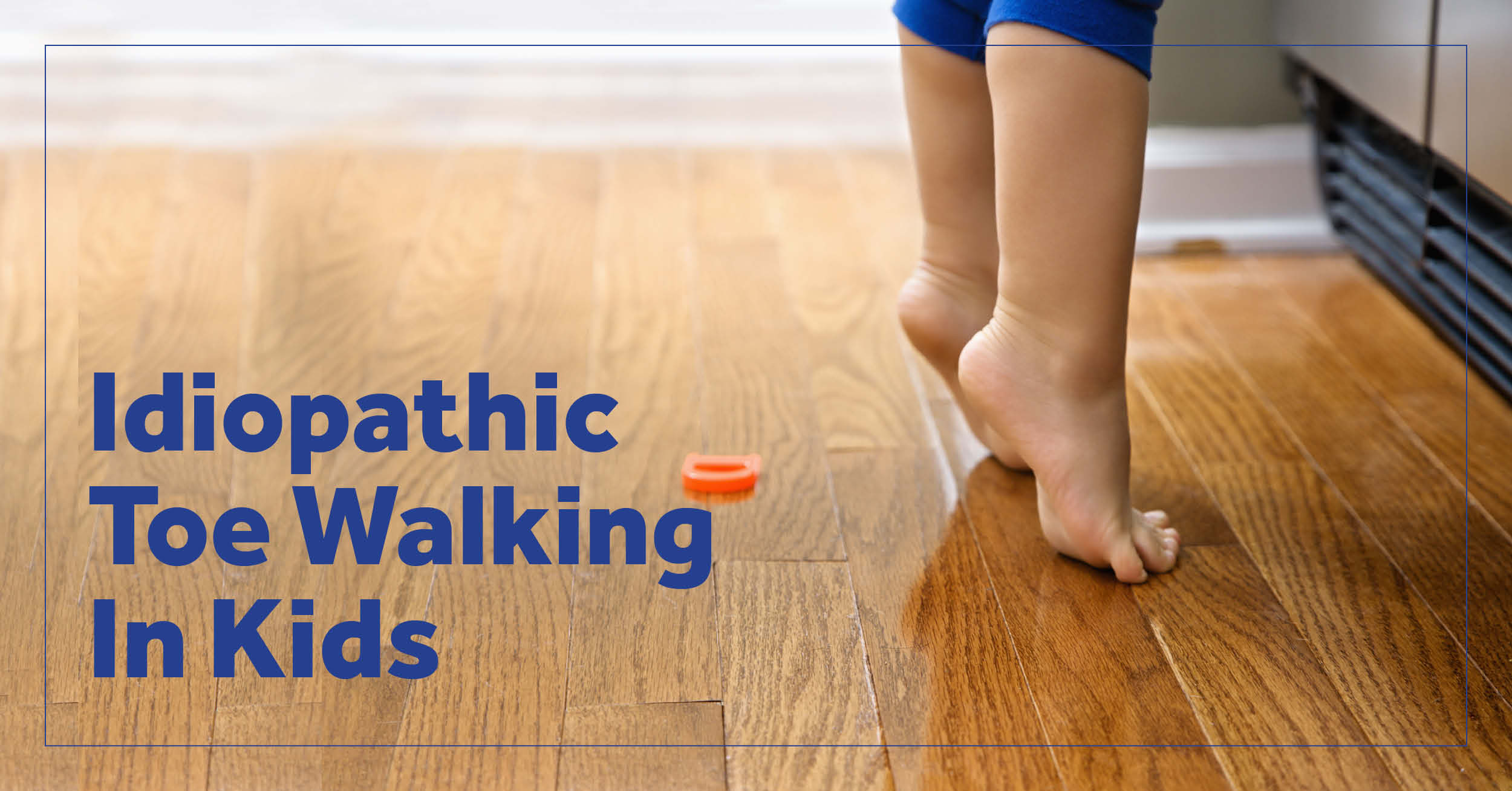Here's how a good walking Pace looks for Miles

It is possible to add walking into your daily routine by running a mile each day. This can help you become healthier.
Have you ever thought about what it would cost to walk one mile. The duration of your walk is determined by how fast you are. However, there are guidelines for pace to give you an notion of the time it will take for an average person to walk for a mile.
Walking is a natural type of human activity since humans are the only bipedal primates. This means that we stand on our two feet. We are able to run and walk from this upright position. Therefore, it is no surprise that walking is the most sought-after form of exercise. There is no need for specific equipment or abilities. Walking is beneficial for your health, according to the American Heart Association, which found that walking briskly every week for 150 minutes can:
Cognitive Function Boost
Reduce disease risk
Reduce blood pressure and boost the cardiovascular health

Increase energy and stamina
Enhance your living experience
Prevent weight gain
How long is it to walk one mile?
Doing at least one mile per every morning is a great way to increase your walking and reap the benefits exercise provides. A mile might seem too long for beginners but it's achievable for most.
According to data collected in an investigation that has been conducted over five decades, an average person can walk a mile in between 15 and 22 minutes. According to Centers of Disease Control and Prevention the typical speed for walking is between 2.5 to 4 mph. Factors that can impact your speed include your age, fitness level, and the altitude.
For instance, those who are competitive are able to walk for 11 minutes per mile, according to a 2015 study bystudy on walking groups. They are physically fit enough to keep up an even pace for a mile. What is the ideal time to walk a mile fast? Ideally, it should take between 11-15 minutes.
Your average distance may be longer than 20 minutes, if you are younger, more active or beginning to exercise. The average speed of your walk can be increased with practice.
How Much Do You Need to Walk Every Day?
The CDC suggests that adults strive for 150 minutes of moderate intensity physical activity per week, or approximately 20 minutes each day. This could mean you should walk at least one mile each day, based on your speed.
How to Increase Your Walking Speed
Like any other exercise, in order to improve it is necessary to increase your endurance. How do you increase your stamina. You practice. The more efficiently your body can perform, the more you train it.
To increase the pace of your walk It is first necessary to keep track of your progress. An average distance of a mile taken by a beginner is 22 minutes. Some beginners may need to stop, start again, or adjust their pace to take a breather. As you grow stronger the time for a mile will be reduced.
A pedometer, or an application that measures your steps, can help you calculate your walking speed. Take a look at the video below to see how your speed increases.
An effective way to monitor your progress is to monitor your perceived exertion. This gives you an indication of how fast your heart rate is. As your heart rate increases as will the rate at which you breathe. It's difficult to sustain an increased heart rate so you may have to change your pace if you want to catch your breath.
When you increase your fitness, you will see a rise in cardiac output and aerobic capability (your VO2max). This means that you won't get puffed so easily and can maintain a faster pace for longer. There will be a reduction in your average speed for one mile.
The ability to track your exertion can be done by recording what you feel. Do you manage to maintain a conversation during your workout? Be sure to monitor your heart rate.
It is possible to keep your information exact by following the same route each when you go for a mile. Walking a steep or uneven terrain will take longer. A treadmill could assist you in keeping track of your speed.
Your speed of walking will increase as you improve your fitness. Try wearing proper shoes, walking in shorter steps by making use of your arms to speed up your pace and working your core. These tweaks will help you get farther.
How to set a walking Goal
There are many walking goals you could pursue, based on where you started. Below are some suggestions to help you begin.
Starter: Go a mile without stopping.
Intermediate Two minutes off your mile time.
Advanced Walk at a rate of less than 4 mph for distances greater than one mile.
Lifestyle changes can help too. Changes in your lifestyle can help, like taking a walk to the coffee shop or walking to work or making calls while walking around the block. The more you exercise, the better your fitness levels become and the more stamina you'll build.
You could also sign up for a charity walk, or a speed-walking group, once you have gained some progress. You could even consider running a half-marathon, if you're an experienced walker.
How long should how long does it take to walk 5 mile take to walk one mile quickly?
A mile of walking should take approximately 11 to 15 minutes. Your fitness, gait patterns and terrain, age and many other variables can impact the speed you walk. There will be an increase in endurance and stamina when you are moving more. So will your speed. Continue to work hard.
How long will it take to finish the Half Marathon?
Running a Half-Marathon is a standard aim. A half-marathon is 13.1 miles. This can be completed between 3 and 4 hours if you keep an upbeat pace and walk for between 13 and 15 minutes.
Improve your endurance for walking to improve your capacity to complete the half marathon. The goal is to walk three miles per session and keep your pace at 13-15 minutes.
Include one additional day of walking every week as you get closer to the date for your half-marathon. You can increase this pace by two miles per week in order to hit your 13.1 mile goal in just one session.
